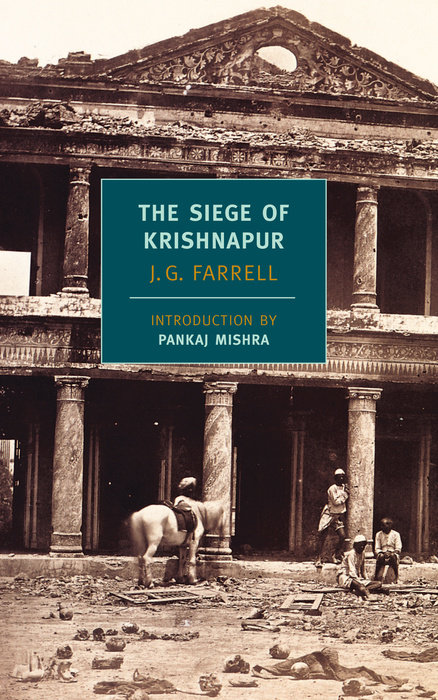What do you think?
Rate this book


344 pages, Paperback
First published January 1, 1973
What you and I object to is the emptiness of the life behind all these objects, their materialism in other words. Objects are useless by themselves. How pathetic they are compared with noble feelings! What a poor and limited world they reveal beside the world of the eternal soul!
“Oh Louise,” he exclaimed, “that is why it’s so important that we bring to India a civilization of the heart, and not only to India but to the whole world… rather than this sordid materialism. Only then will we have a chance of living together in harmony. Will there even be classes and races on that golden day in the future? No! For we shall all be brothers working not to take advantage of each other but for each other’s good!”
They were glad of prayers. They felt that the more prayers they heard the better. But they became a little impatient as the Padre rambled on about Sin. What he said was true, no doubt, but they had the enemy to think of… It was rather like having someone keep asking you the time when your house is on fire. They found it hard to give him their whole attention.
“All our actions and intentions are futile unless animated by warmth of feeling. Without love everything is a desert. Even Justice, Science, and Respectability.”
He, too, [had] suffered from an occasionally enlightening vision which came to him from the dim past and which he must have suppressed at the time . . . The extraordinary array of chains and fetters, manacles and shackles exhibited by Birmingham for export to America's slave states, for instance . . . Why had he not thought more about such exhibits? Well, he had never pretended that science and industry were good in themselves, of course . . . They still had to be used correctly. All the same he should have thought a great deal more about what lay behind the exhibits.
…the collector was overcome by a feeling of helplessness. He realized that there was a whole way of life of the people in India which he could never get to know and which was totally indifferent to him and his concerns. ‘The Company could pack up tomorrow and this fellow would never notice…And not only him…The British could leave and half India wouldn’t notice us leaving just as they didn’t notice us arriving. All our reforms of administration might be reforms on the moon for all it has to do with them.’
Suddenly, a shadow swooped at him out of a thin grove of peepul trees he was passing through. He raised a hand to defend himself as something tried to claw and bite him, then swooped away again. In the twilight he saw two green pebbles gazing down at him from beneath a sailor cap. It was the pet monkey he had seen before in the shadow of the Church; the animal had managed to bite and tear itself free of its jacket but the sailor hat had defied all its efforts. Again and again, in a frenzy of irritation it had clutched at that hat on which was written "HMS John Company" . . . but it had remained in place. The string beneath its jaw was too strong.



